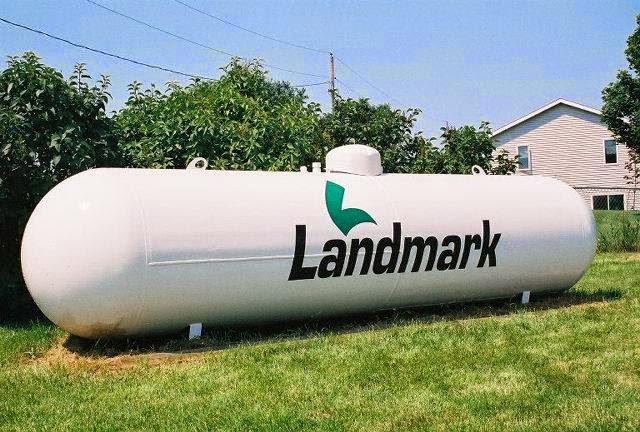Working in the agriculture industry is a legacy in the making. And while it is notably the most noble profession out there, it is also the most dangerous. From the moment an individual steps foot onto a farm, there is no greater importance than safety. Period.
Growing up on a farm is, well, simply AMAZING. I may be a bit biased, but quite frankly I believe there is nothing better. From the opportunities I've had to the strong work ethic I've learned, and from the people I've met to the places I've been, all from growing up on a farm, I wouldn't change a thing.
Wait--I may have spoken too soon--there is ONE thing I would change about growing up on a farm. That one thing is the safety component of being involved in the agriculture industry. While I wasn't always directly involved with the equipment, machinery and daily operations of my family's farm, I do know that you can NEVER be too safe on the farm.
Here's something you should know about me--I've always been what you may call a "worrywart," and that always seems to be at an especially elevated level anytime my family is on the farm and working with machinery, grain bins, tools, and well, you get the idea--basically anytime they are on the farm.
And while I am constantly asking my family safety questions to help ease my mind, I do know they work hard to ensure their safety and the safety of everyone on the farm.
Lastly, I want to share with you a message that we use here at Landmark, and one that I see everyday, as displayed by the bright green safety helmet displayed on my desk-- Safety by CHOICE, not by CHANCE. This powerful phrase serves as a great reminder to make the CHOICE to be safe, don't take the CHANCE.
The Occupational Safety and Health Administration shares great tips on how you can improve farm safety
here.
BE SAFE!
 |
| Kristi Olson is Landmark Services Cooperative's Communication and Events Coordinator. She has a love for agriculture, which started when she was young, growing up on her family's 2,000 acre grain and show pig farm and carried through to her education at UW-Platteville studying AgriBusiness and Animal Science, and now in her career at Landmark. Kristi has a strong passion for telling the "agriculture story" and promoting agriculture education. She can be contacted at 608.819.3126 or kristi.olson@landmark.coop. |








































